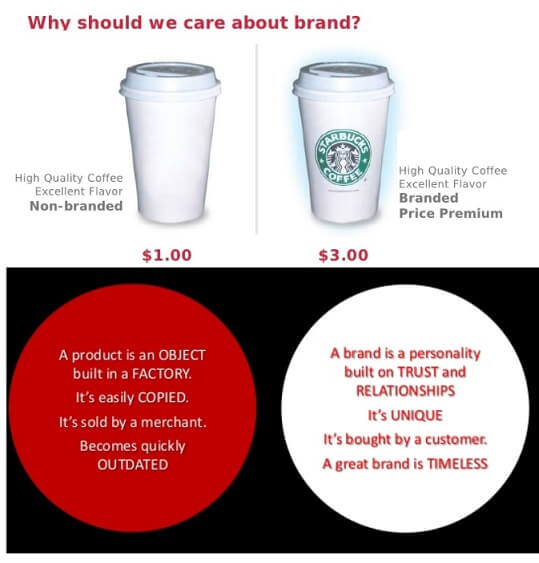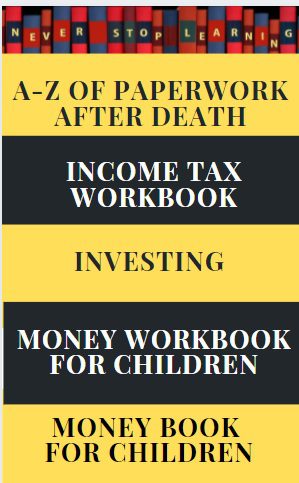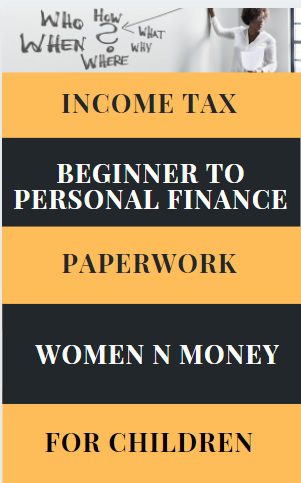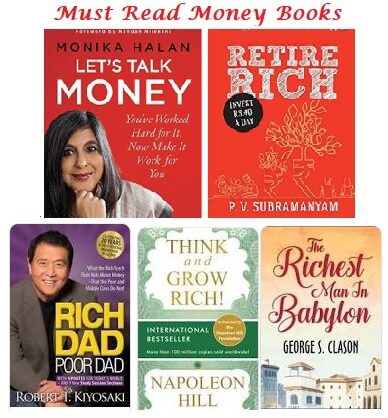Neel mother asked him to buy Potato chips for his friends coming over in the evening for Rs 100. Let’s see how Neel does his shopping for Potato Chips?
How many varieties of potato chips are there in the shop?” thought Neel
He went around the shop looking for the potato chips. He looked at the packet (just like his mother does) and saw the price and weight.
- He saw that the smaller packet has its weight mentioned as 10 gm and was for M.R.P (Maximum Retail price) Rs 10
- The bigger potato chips weight was 20 gm and cost Rs 20.
- The supermarket had put its own price of Rs 9.75 for smaller one and Rs 19.50 for bigger one. Why would the shop-keeper sell for a lesser price?
- In another shelf, he saw the packet of chips in a plain cover. For 100 gm it cost18 only!! (This was 10 times the weight of a smaller packet of Kurkure or Lays). Why was the packet of plain chips priced less?
- He also noticed that there were many packets bundled together and it said “Save Rs 10; 5 packets of Lays chip at the cost of 4”. Why did the super market bundle the chips?
Table of Contents
How are Potato chips made?
Watch how potato chips are made in an environmentally friendly way at a factory run by PepsiCo, no. 43 on the Fortune 500.
Pepsico -Kurkure Plant Film
Let us take a Rs.5 Potato chip as an example
You would need 7–8 Lakh Rs for setting up the factory.
- Cost of Chips ….: 1.12
- Cost of Packing…:0.81
- The cost to Run ……: 0.15
- Cost of Equipment: 0.015
Subtotal: 2.095
Add your profit and Overhead: 3.06
Margin to outbound supply chain: 1.94
Retail Price: 5 Rs
They would make around 80 Paise (0.8 Rs) per pouch in case of 5 Rs one.
Brand vs Non-Brand
The plain looking chips were cheap because it was not of a famous brand such as Lays or Parle. It was not packaged in a beautiful cover and was sold directly from the shop that made chips to the shop where Neel was shopping.
Branded things are expensive because they are reliable and guaranteed and include the cost of packaging and advertising.
According to Wikipedia, a brand is a “name, term, design, symbol, or any other feature that identifies one seller’s goods or services as distinct from those of other sellers.” While a brand often includes a logo it is also defined by specific fonts, colour schemes, symbols, and even sound. All these elements are developed to collectively represent implicit core values, ideas of a product. In a world that is bewildering in terms of competitive clamour, in which rational choice has become almost impossible, brands represent: clarity, reassurance, consistency, status, membership

Brand vs Non Brand
Bundle
He also noticed that there were many packets bundled together and it said “Save Rs 10; 5 packets of Lays chip at the cost of 4”. Why did the supermarket bundle the chips?
In marketing, product bundling is offering several products or services for sale as one combined product or service package. Microsoft Office is sold as a bundle of computer software, including Word, Excel, and PowerPoint. The cable television industry often bundles many TV and movie channels into a single tier or package. The fast-food industry combines separate food items into a “meal deal” or “value meal”. People appreciate bundles even at places like McDonald’s, where they can purchase burgers, fries, and drinks cheaper in a bundle—known as an Extra Value Meal—for cheaper than the products would cost if purchased individually. Even a music CD is essentially a bundle of songs.
Again here supermarket is trying to sell more by offering a slightly less price. But a customer has to think does he need more? Is the discount justified in buying more?
So if Neel buys one bundle he would get 5 packets of chips but would have to pay for 4 i.e saving Rs 10.
If Neel buys 2 bundles of chips he would get 10 packets of chips but would have to pay for 80 i.e saving Rs 20.
Shopping for Potato Chips: Which potato chips should he buy?
If he takes the branded wafer: a smaller packet of Lays was 25 paise cheaper as the shopkeeper was offering a discount.
The shopkeeper was giving a discount so that more people buy. Offering potential customers discounts on purchases is a way to quickly draw people into the shop. So he will earn more because people will buy more.
Only 25 paise!! That’s not a great deal of money, in fact, we rarely get to see 25 paisa/50 paisa coin. Usually, the shopkeeper gives an éclair or a candy for 50 paise.
But hang on, he thought, usually we buy around 6 packets a month, so we save 25 X 6 = 1.50 paisa. What if we buy 100 packets, then the amount saved is 100 X .25 = Rs 25. His mother always said,“Little drops of water make an ocean”.
He skipped the plain unbranded potato chips as his friends were coming and he did not want to buy something new.
He bought 2 bundles of chips as he could get 10 packets of chips for cost of 8 i.e he saved Rs 20!




useful interesting informative post thanks for sharing
Thanks a lot.